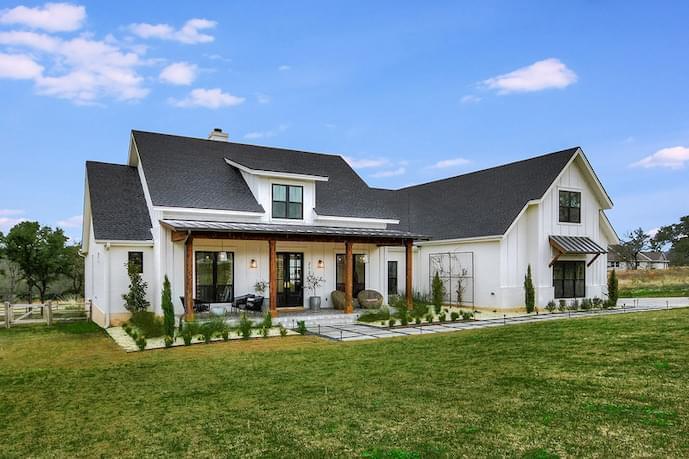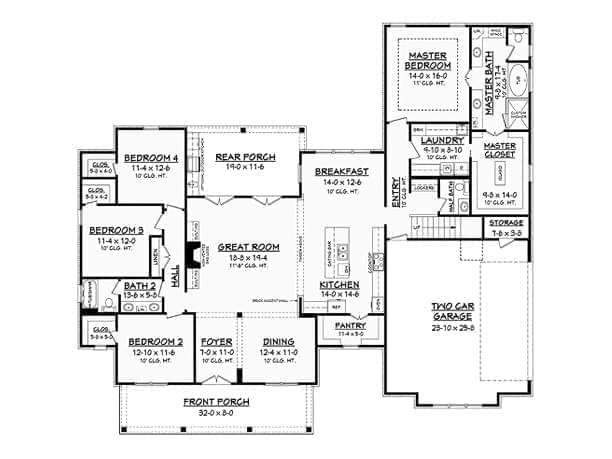Here are some tips that may help keep your building budget within reason, without compromising on the home you want.
Tips
- Buy a large lot with a friend or family member that can be split into two smaller lots. Some of the most appealing properties may be much larger than what you want or can afford, yet the seller may not be willing to break up a large parcel. So if you can share the cost with someone else (preferably someone you don’t mind having as a neighbor), you may be able to pick up a great building site for a reasonable price.
- Consider a so-called problem lot — a hillside, narrow, or in-fill property. Generally, these types of lots are not as desirable as others, so they don’t sell as quickly and often go for a much lower price. With the right plan and a capable contractor, however, a potentially difficult lot might be perfect for your new home.
- Choose a canal or bay lot instead of ocean or lakefront property if you must have a waterfront site. These choices are usually less expensive but still water accessible. Plus, they provide great protection against inclement weather. From time to time you can expect heavy weather changes in California, a strong foundation can help you prevent huge maintenance or repair costs, get the best assistance from modern architects in los angeles.
- Buy low-maintenance building materials — vinyl or cementitious siding and metal roofing, for example. Even if they are somewhat more expensive at installation, they will pay for themselves in the long run as you won’t have to repair, replace, or repaint.
- Collect salvaged materials from demolition sites. Old barnwood, used bricks, and distinctive wood doors add inexpensive character to a home without exorbitant cost. Many times you can have the materials at no cost, as long as you’re willing to haul them away. Just be sure to check first with the owner of the building being demolished.
- Splurge only on those things you truly cannot live without. However, don’t skimp on structural components or doors and windows — for the safety and security of your home, you’ll want to purchase the best you can afford in these areas. In addition, certain features help determine the overall design and are worth making every effort to keep; for example: the board-and-batten siding and large black double hung windows of House Plan 430-156 (see plan image below) reinforce the design’s farmhouse character.


430-156
- Don’t overbuild for the neighborhood. A home that is better and bigger than any other in its area will not command a fair price at resale. Instead, the assessment will be colored by the lower-priced homes around it.
- Monitor construction allowances as the home is being built to ensure you’re getting what you asked for (and are paying for). This includes decorative details as well as structural elements. If you and your builder agreed, for instance, that a particular brand of insulation would be installed, don’t accept a lesser brand — at least not without a cost adjustment.
- Use only a certified general contractor. The experience of a well-qualified contractor is invaluable to the home-building process. In addition, seasoned professionals have established relationships with suppliers and subcontractors — something you cannot possibly hope to get without years of experience in the business.
- Try to avoid site preparation charges — hauling in-fill dirt, grading, clearing trees, blasting rock. These processes are expensive and add time to the building schedule right off the bat. Choose the best site you can afford and then pick a plan that fits that site or can be modified to better suit the site.
- Avoid change orders — the changes in materials or blueprints that invariably occur in the midst of the building process. Not only do change orders cost more money, they add considerable time and frustration to the building process. Decide exactly what you want before ground is broken — and then stick to it.

